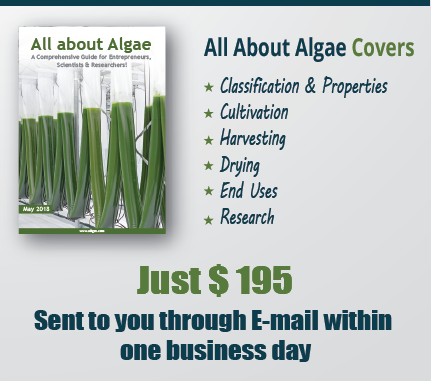Carrageenan is extracted from species of red seaweeds. This cell wall hydrocolloid is extracted with water under neutral or alkaline conditions at elevated temperature. Carrageenan is a multifunctional ingredient and it behaves differently in water and in milk systems. In water it shows typical hydrocolloid properties of thickening and gelling, while in milk systems it also has the property of reacting with proteins to furnish additional stabilizing abilities. Based on the gelling properties and protein reactivity, the carrageen family can be distinguished commercially into three main classes:
- Kappa carrageenan - Kappa carrageenan is the most commonly used type of carrageenan. Its most important properties are its high gel strength and strong interaction with milk proteins. About 70% of the world’s carrageenan production is based on kappa carrageenan. Itforms firm gels in the presence of potassium ions.
- Iota carrageenan -Iota carrageenan is a type of carrageenan with a sulphate content intermediate between kappa and lambda carrageenan. Iota carrageenan forms an elastic gel with good freeze thaw and re healing properties. It forms elastic gels and thixotropic fluids in the presence of calcium ions.
- Lambda carrageenan- Lambda carrageenan is a highly sulphated type of carrageenan mainly used for its ability to impart mouth feel and a creamy sensation to dairy products. Lambda carrageenan does not gel. Commercially it is supplied as it is extracted from the Seaweed which is as a kappa / lambda mixture. It forms viscous, non-gelling solutions
Species of strains used for making carrageenan:
· Chondrus crispus
· Gigartina skottsbergii
· Gigartina stellata
· Eucheuma cottonii
· Eucheuma spinosum
· Hypnea musciformis
· Furcellaran species



